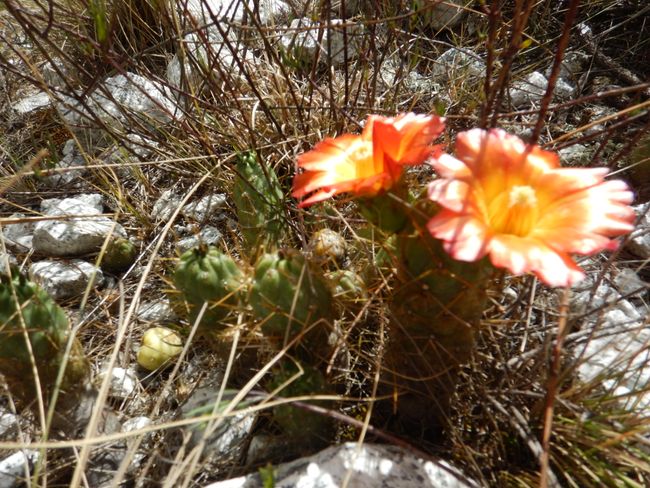Peru- the first weeks
ପ୍ରକାଶିତ |: 28.10.2017
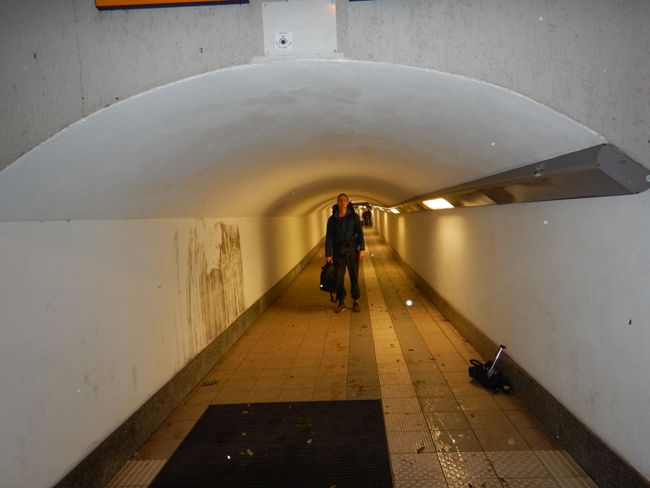
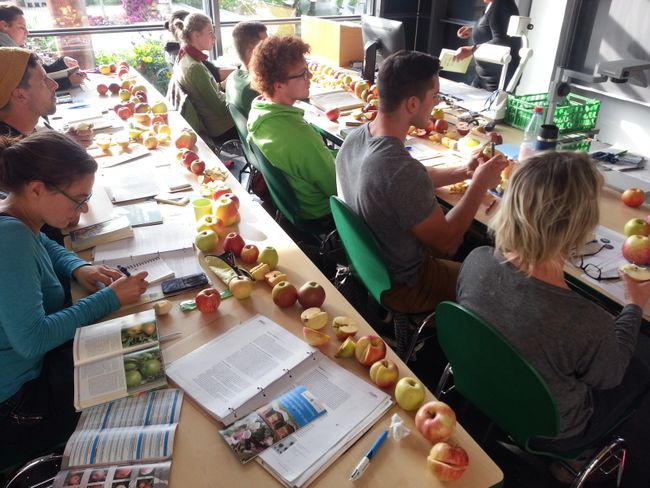
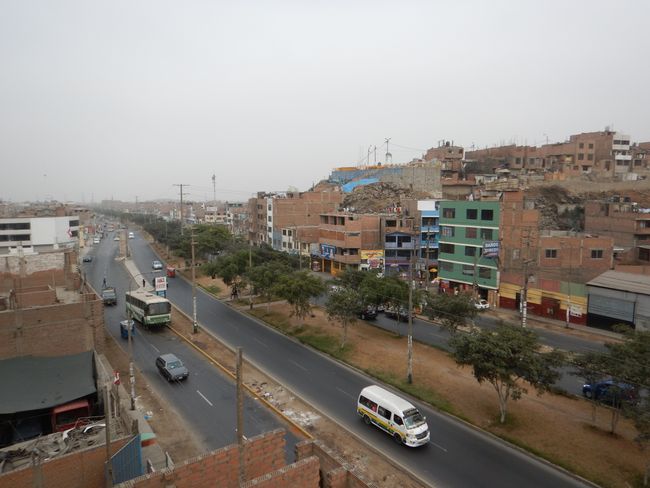
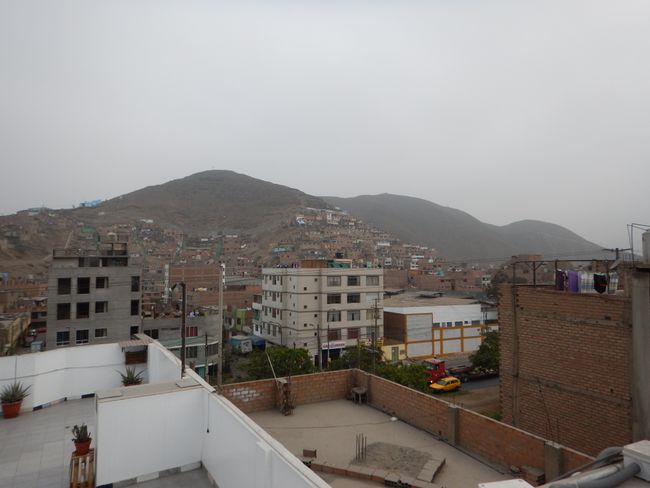


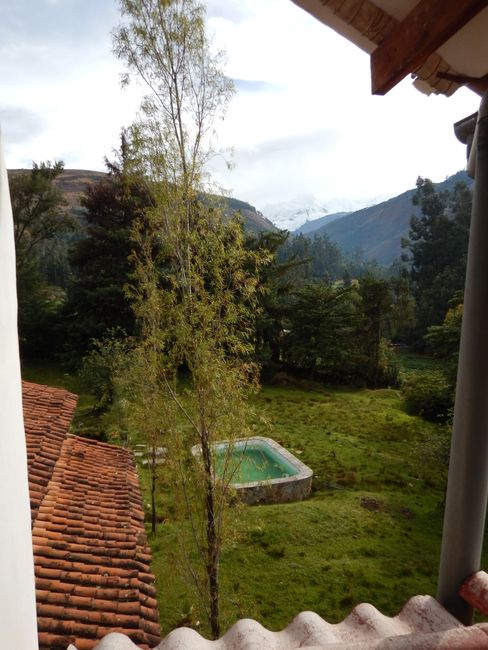
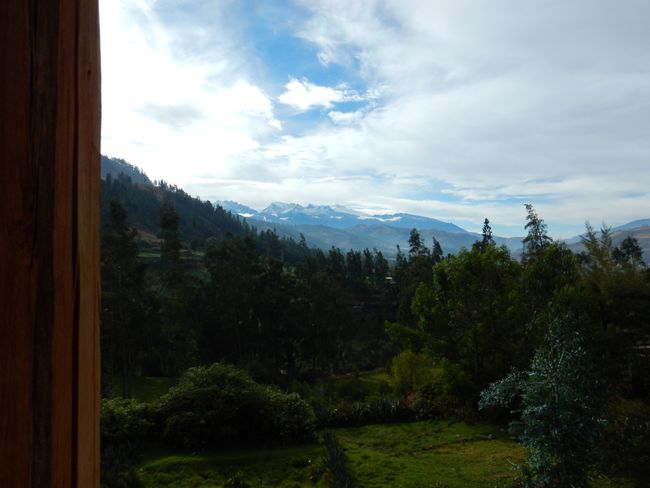
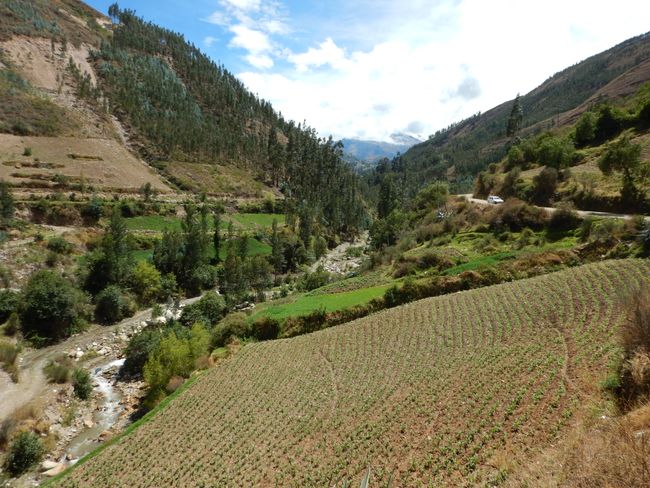
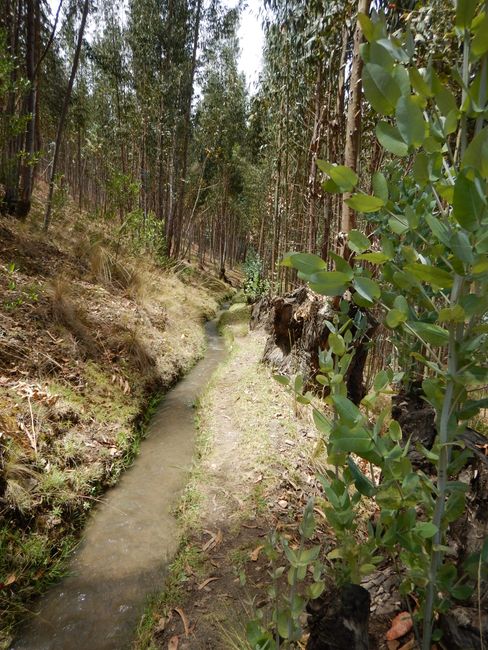
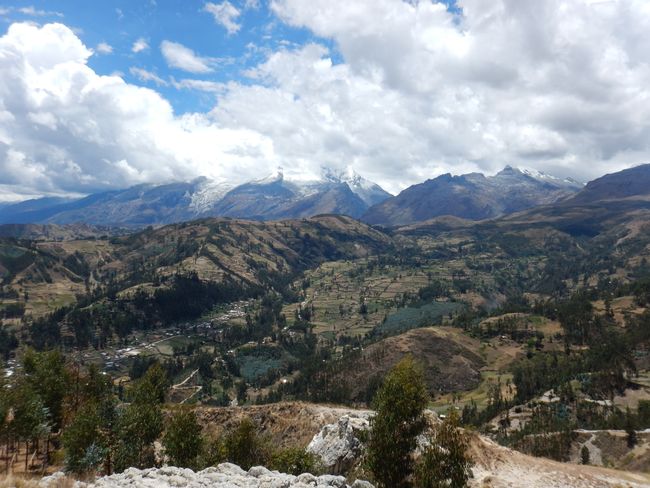
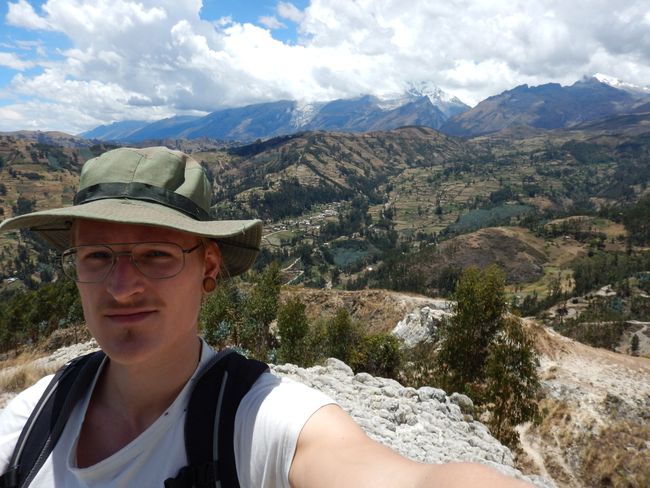
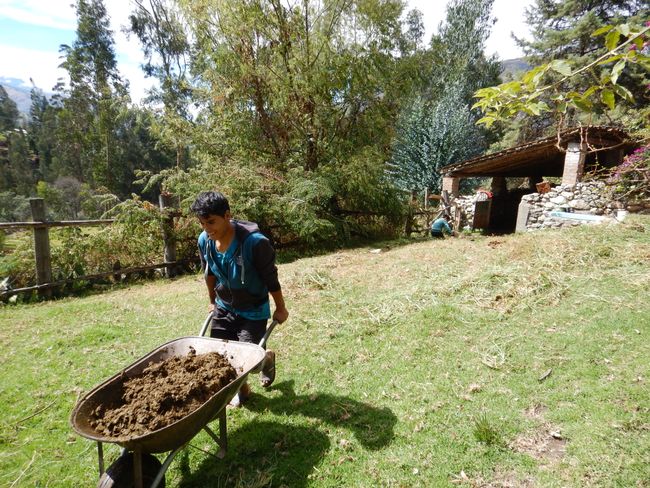
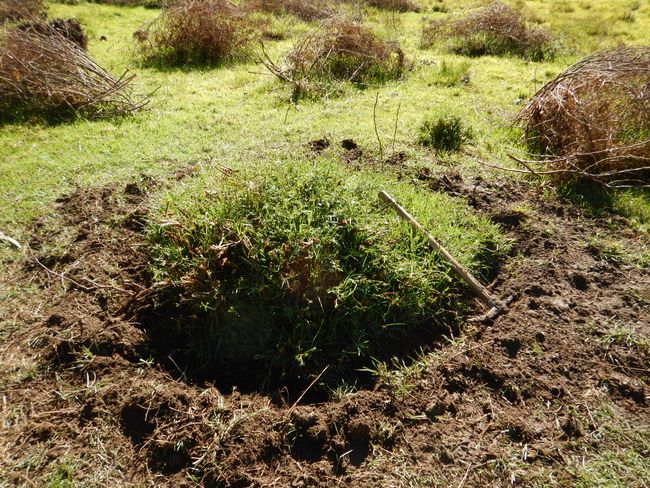
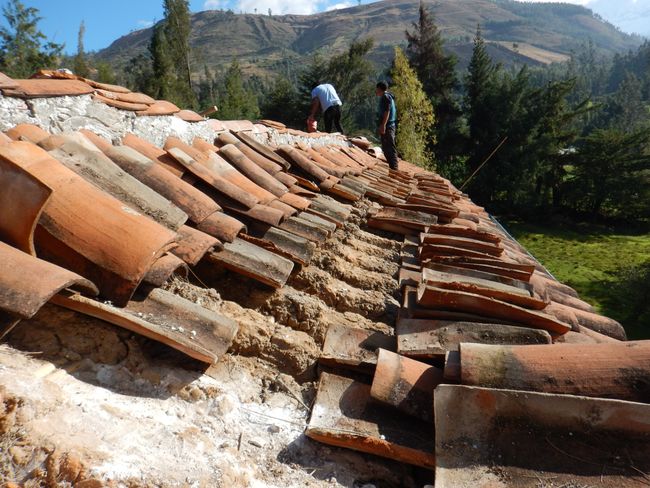
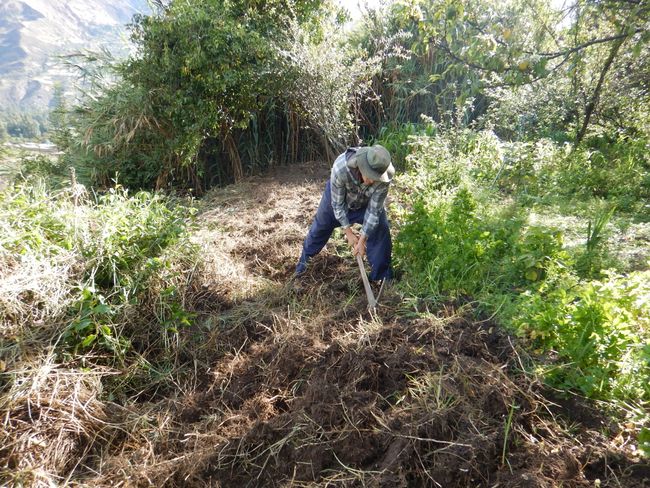
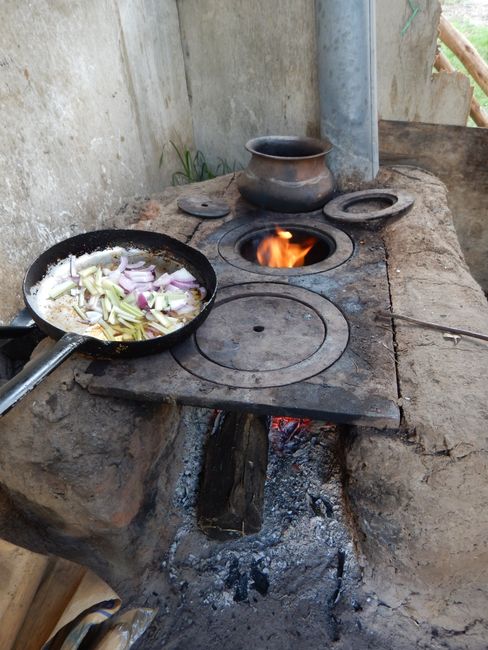
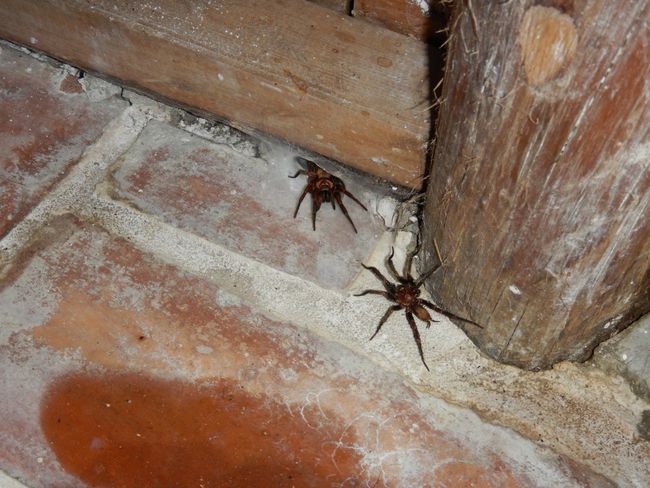
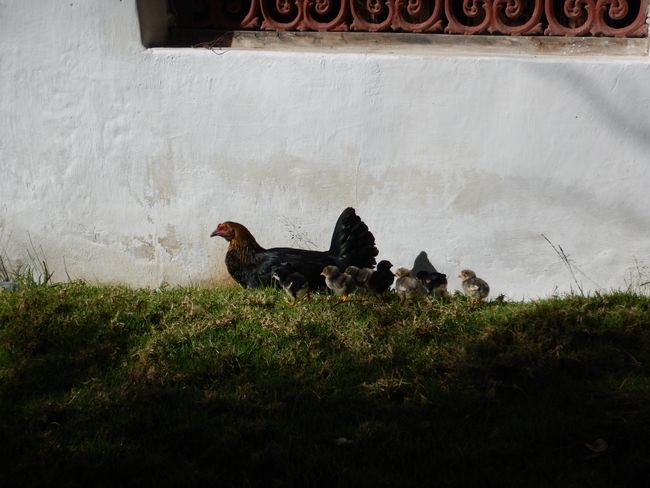
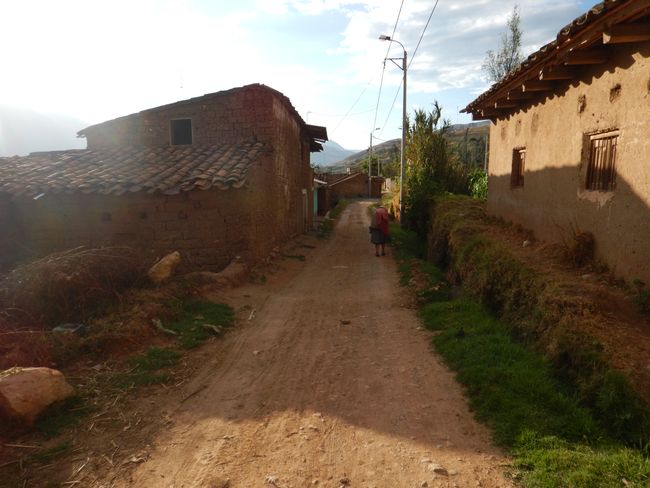
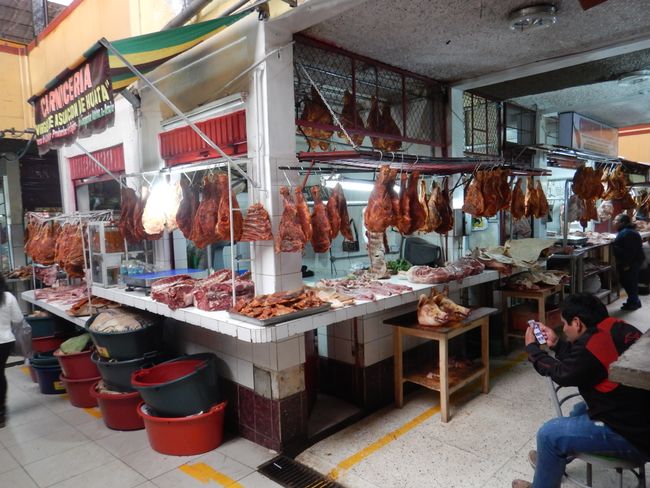
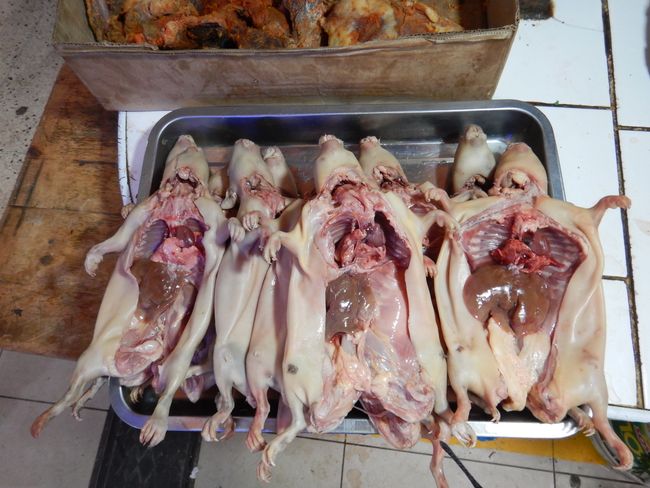
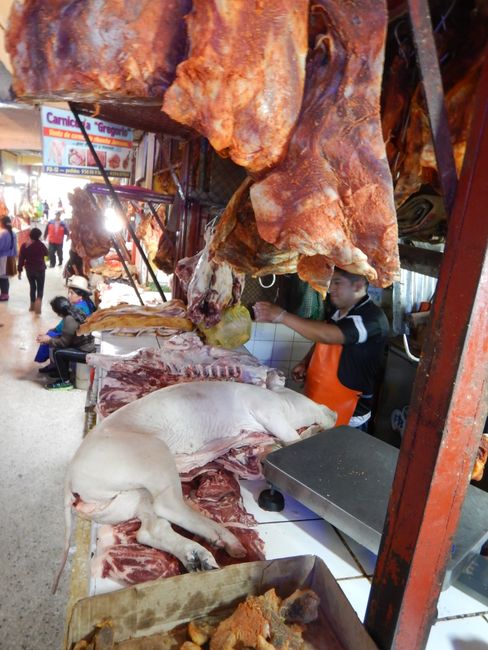
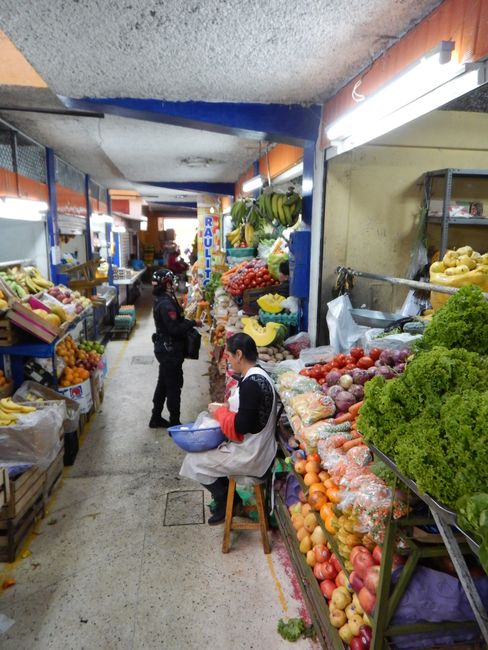
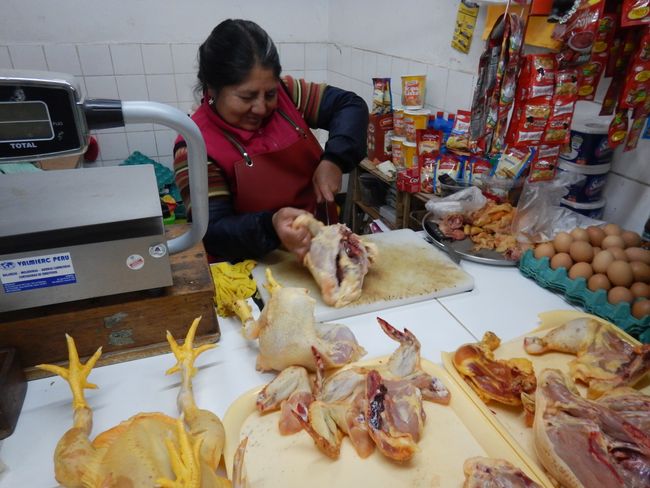
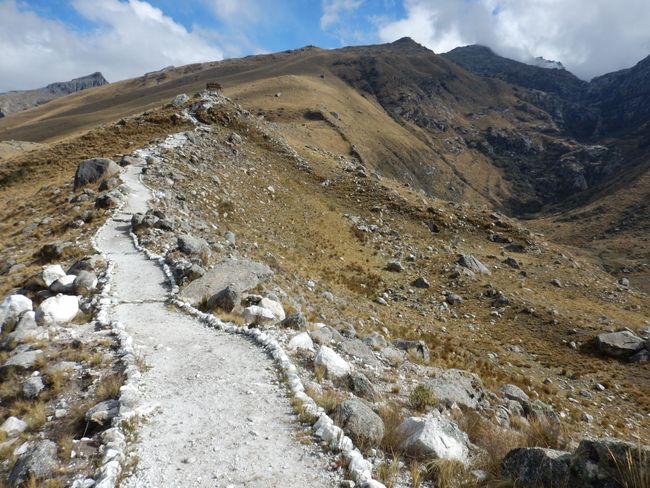
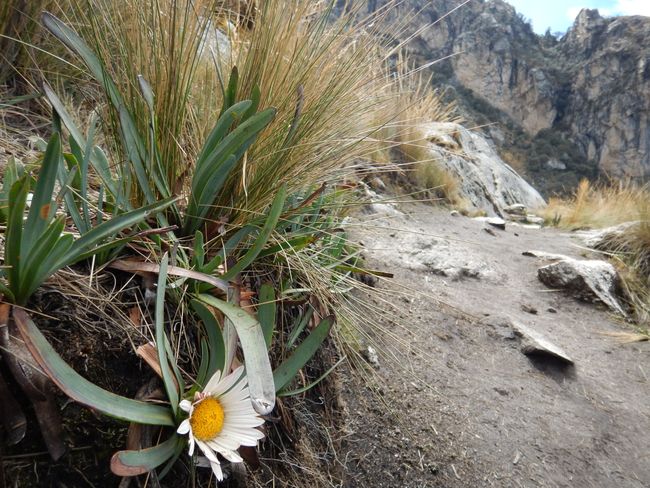
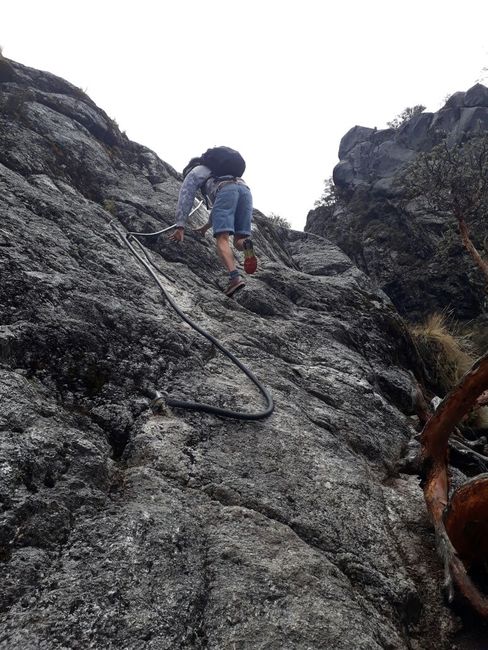
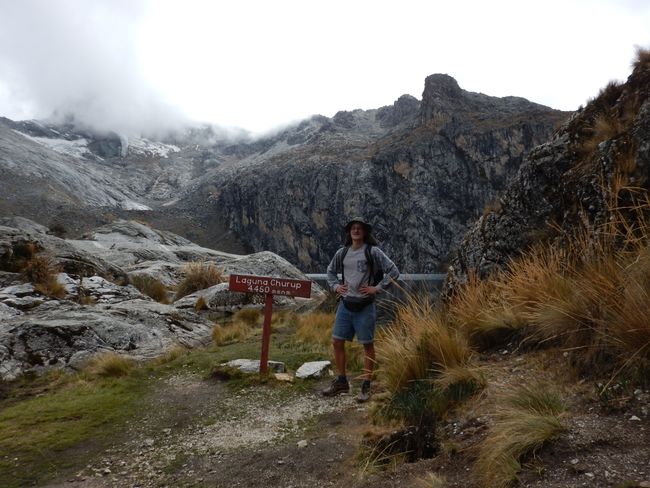
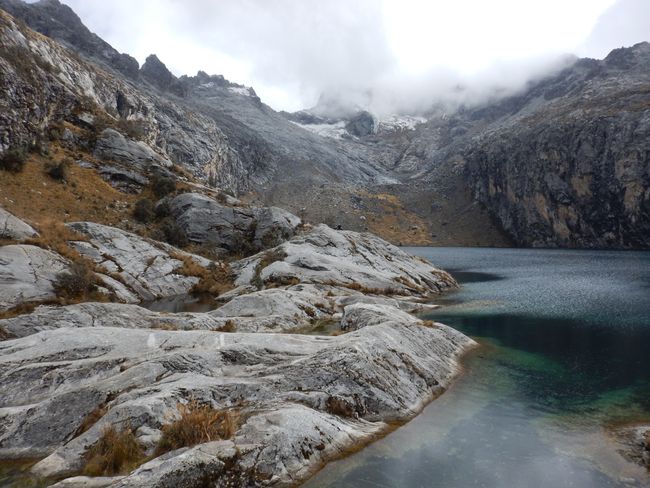
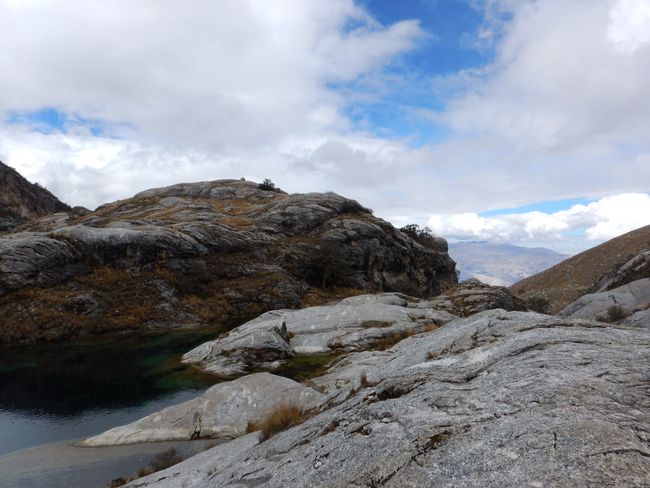
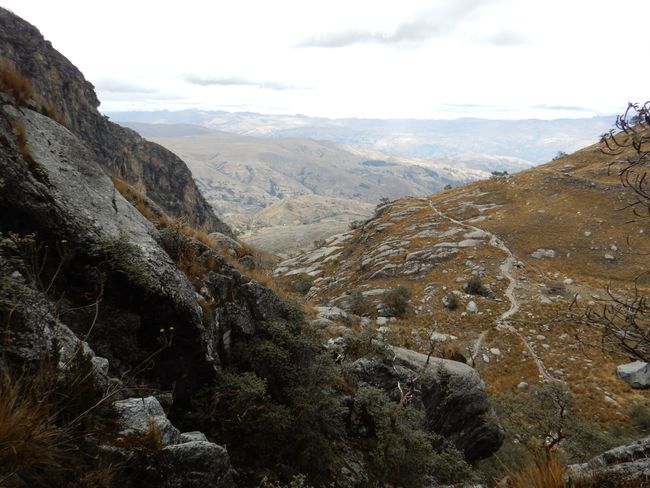
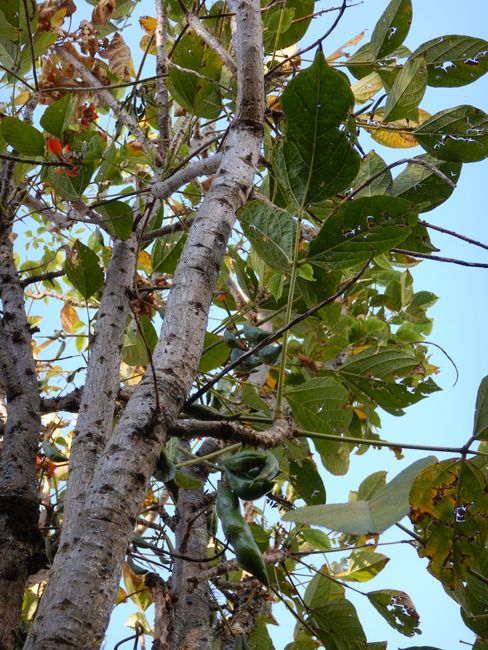
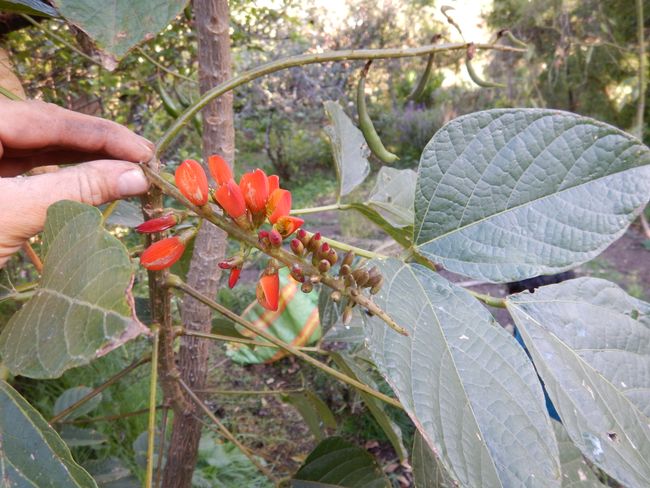
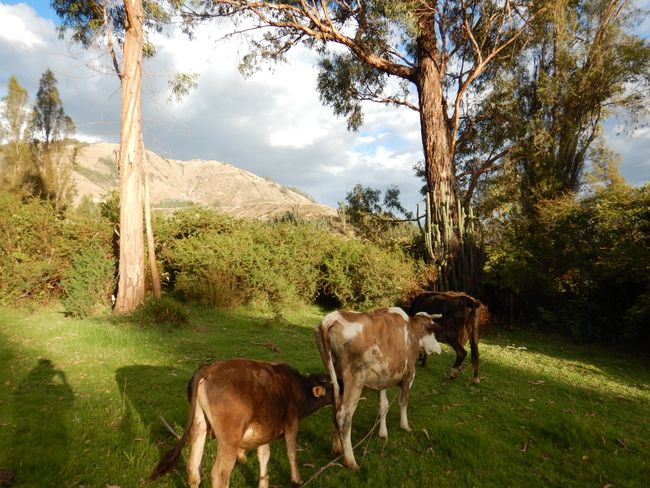

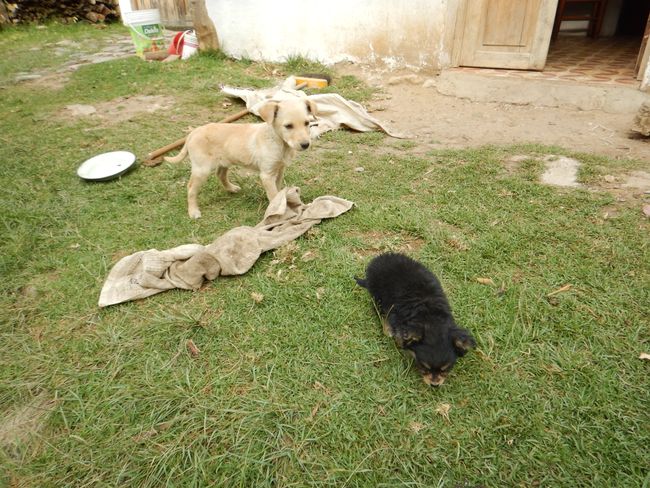
ସମ୍ବାଦପତ୍ରକୁ ସବସ୍କ୍ରାଇବ କରନ୍ତୁ |
After a layover in Dallas/Fort Worth (USA) and exaggerated security checks, such as patting down to the crotch area, I arrived safely in the capital Lima. The city is located in the Peruvian coastal desert with only 10 mm of precipitation per year. Apart from a few cacti, there is almost no vegetation. One wonders why someone would build a house there. The food source 'ocean' has certainly had the greatest influence on that. (Here is a nice explanation of how the climate in Lima comes about: https://wol.jw.org/en/wol/d/r10/lp-x/102003367)
The next morning, I left again and arrived in Carhuaz after a 9-hour bus ride for 15 euros, feeling a bit crumpled. A city with 5000 inhabitants at an altitude of 2600 meters. Here, there is finally reasonable vegetation again.
Many things remind me of Thailand... Women work harder physically than men, the chaotic traffic with constant honking, tuk-tuks, the extensive bus network, the large markets, street vendors, plastic waste, and free-roaming dogs (haven't seen a dog on a leash yet). They are quite relaxed in the city, but when you go hiking, you should always have a stick or at least a few stones at hand... they can really become aggressive.
I have gotten used to the thin air and the daylight hours. (The sun rises at 6 a.m. and sets again at 6 p.m.) The exchange rate is 1 euro to 3.8 soles, which also reflects the cost of living approximately. Especially food is up to four times cheaper than in Germany (if you don't have to pay the gringo price).
Here on the La Casa de Pocha farm, Samuel, an American who has been living in Peru for 3 years and is currently on his way to the World Climate Conference in Bonn, instructed me in the tasks to be done and disappeared to Huaraz, 30 kilometers away, the next day.
So there I stood alone with the same age farm worker Roosvelth, who spoke as little English as I spoke Spanish (we have since come to an arrangement and understand the essentials).
After my first day of work, that is, bringing the cows and sheep to the pasture, cleaning the stable (carrying manure to the compost), digging out deep-rooted thorny bushes with iron rods, and removing stubborn grass from the tree discs of the fruit trees, my pampered hands naturally had blisters and open wounds.
Fortunately, the weekend came right away and the hands could rest. Instead, the legs were set in motion and the next mountain was climbed. The view was magnificent!
The following weekend, I took a tuk-tuk to the next larger city for 3 soles. Huaraz is half the size of Erfurt with 125,000 inhabitants and quite cozy. Here I was able to stay with Sam, who plays the banjo and guitar and dragged me along to a small gig in the next bar. That was music to my ears because I can't do much with the music you hear here every day. Thanks to a tip, on Sunday I went to 'Churup' Mountain Lake for the first time at an altitude of 4400 meters. The thin air is noticeable in the increased breathing frequency. An Israeli and a Swiss woman joined us. He had a mini guitar + flute and we played some music at the top. But in shorts and just below the snow line, that didn't last long... next time I'll be better prepared. ;)
After I destroyed her home, luckily the funnel-web spider didn't show up again and I can sleep peacefully again. Hallelujah!
ସମ୍ବାଦପତ୍ରକୁ ସବସ୍କ୍ରାଇବ କରନ୍ତୁ |
ଉତ୍ତର

ଭ୍ରମଣ ରିପୋର୍ଟ ପେରୁ

